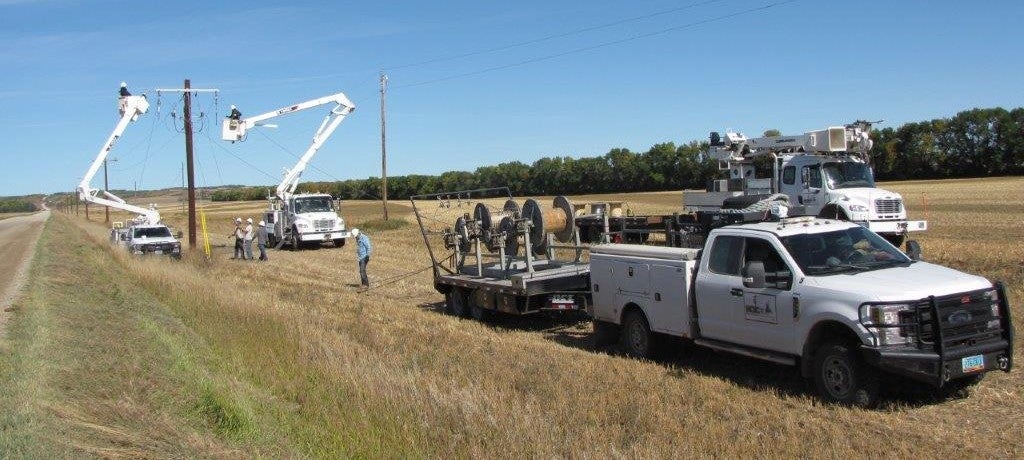Phone: 701-228-2202
Image
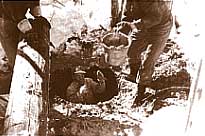
In the 1940s, workers in north central ND manually dug holes for power poles to bring electricity to their homes.
Image
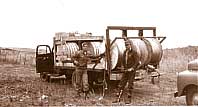
Two men unreel electric cable in north central ND in the 1940s
Image
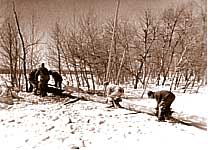
Building the system in the 1940s was often back-breaking work.
Image
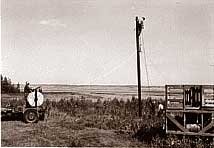
One of the last steps to bring electricity to a home is when a worker raises the power line to the top of the pole.

